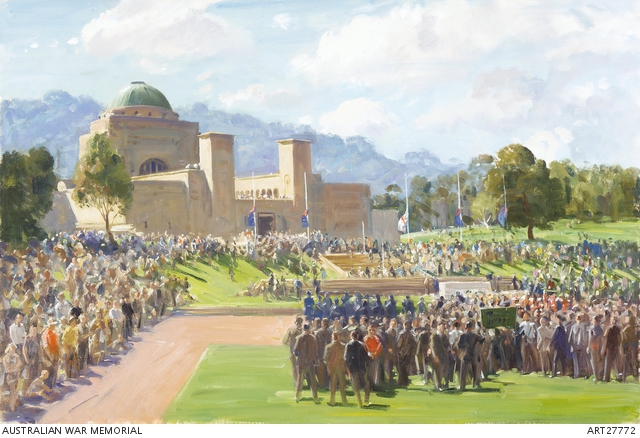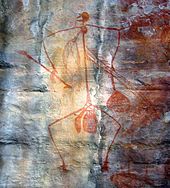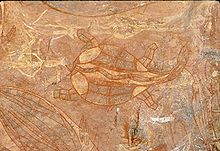We write for pleasure, but whose pleasure? Our own? Do we want to keep our stories to ourselves or do we want to share them with others?
During this Coronavirus isolation and lock down, classes no longer run. However, in our Memoir Writing Group at Godfrey Steet Community House in Benleigh Victoria Australia our objective is to produce our own story for our family, or for publication to the wider community. We all have writing projects ‘on the go’ which we shared with each other for help and feedback. When we used to meet, we would also write a 15 minute splurge where we just ‘go for it’ and write whatever comes into our heads. It’s amazing what finds its way to the page. Before we start, we knock that editor critic off our shoulder and tell it to take a holiday. There will be plenty of time later to revise and get things right.
We are not sure when the classes will resume and I miss the people and their stories. (please watch the Godfrey st Community House site on Facebook). I believe that everyone has a story to tell. The memoir writing group assists and encourages us to do so in a safe and friendly environment. Members read and discuss historical and personal events from their own point of view. They may wish to write a memoir for their family, or to publish for wider distribution. I am in awe of the talent in our group and can’t wait to hear the next installment of their work in progress.
We are all passionate about writing and I try to make the class handouts on the craft of writing as relevant to our writing as possible. Later in the year, with their permission I hope to showcase members and their work in progress. I’m sure you too will fall in love with their unique and different stories.
Tell your story
When you have the time during isolation why don’t you grab a pen and start recording your life story in the pages of an exercise book? It’s that simple. Later, your family will love to read the stories you tell from your perspective because it is their history: where they came from, their story.
In the beginning, don’t worry about time lines or order. Just jot things down as they come to you. You can always sort it out later.
The book that most changes your life is the one you write.
May you all remain safe and well during Coronavirus isolation
What time is it there? is my latest book and is on kindle and Amazon.
It is about my journey from VCE to PhD.
-
Recent Posts
Recent Comments
-
Archives
- July 2020
- May 2020
- April 2020
- March 2020
- February 2020
- December 2019
- October 2019
- June 2019
- May 2019
- January 2019
- October 2018
- September 2018
- August 2018
- June 2018
- January 2018
- December 2017
- November 2017
- October 2017
- September 2017
- August 2017
- July 2017
- June 2017
- May 2017
- April 2017
- March 2017
- February 2017
- January 2017
- December 2016
- November 2016
- October 2016
- September 2016
- August 2016
- July 2016
- June 2016
- May 2016
- April 2016
- March 2016
- February 2016
- January 2016
- December 2015
- November 2015
- October 2015
- September 2015
- August 2015
- July 2015
- June 2015
- May 2015
- April 2015
- March 2015
- February 2015
- January 2015
- December 2014
- June 2013
Meta
Blogs I Follow
- In My Cluttered Attic
- Elizabeth Jane
- kirstyes
- Linda's Book Bag
- Planning to the Nth
- charles french words reading and writing
- A Teacher's Reflections
- ANZ LitLovers LitBlog
- Up the Creek with a pen ...
- Novelgossip
- Australian Women Writers Challenge Blog
- Feathers of the Firebird
- Moments, Memories, & Jazz
- Creative Writing For Me
- Flotsam and Jetsam
- cacroker
- Chris The Story Reading Ape's Blog
- nicolesundays
- heatherblight
- smpauthors.wordpress.com/
May 2024 M T W T F S S 1 2 3 4 5 6 7 8 9 10 11 12 13 14 15 16 17 18 19 20 21 22 23 24 25 26 27 28 29 30 31 Categories
- authors
- Bali
- blogging
- bogong moths
- cathartic or retraumatised
- challange
- creative writing
- empathy
- Fantasy Fiction
- friendship
- goals
- goddess
- Healing life stories
- imagination
- Ko Samui
- learning
- life stories
- Melbourne university
- memories
- painters
- Paranormal Romance
- philosophers
- plays
- poetry
- publishing
- Recipes
- recipies
- review
- short stories
- teaching
- teaching writing
- Thailand
- Theory
- travel writing
- Uncategorized
- waratah
- writers block
- Writing
- writing memories
- writing stories
- Writing the unconscious
- writing trauma
- writing workshops
Writers and their stories
Writers and their journey










































































